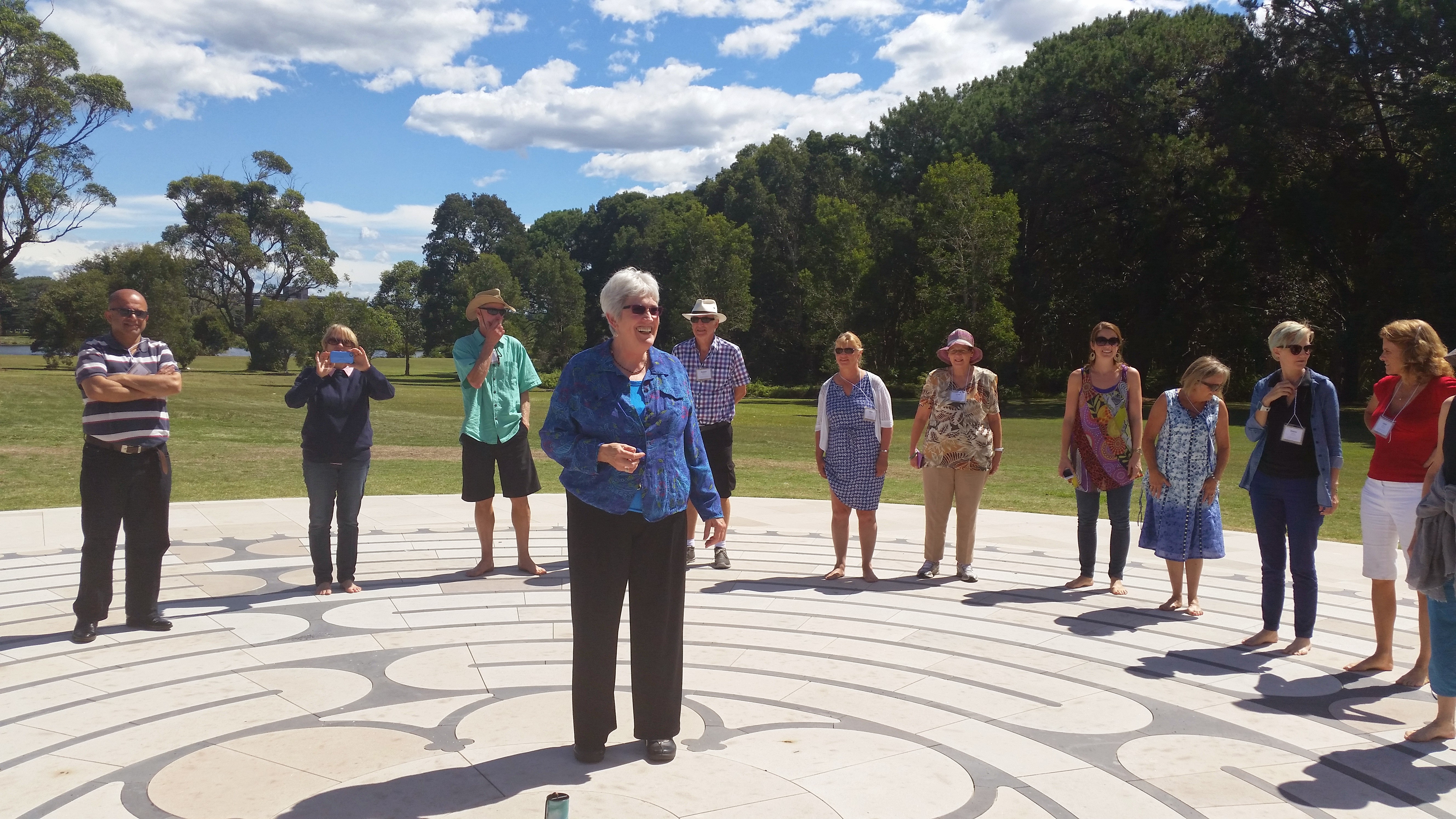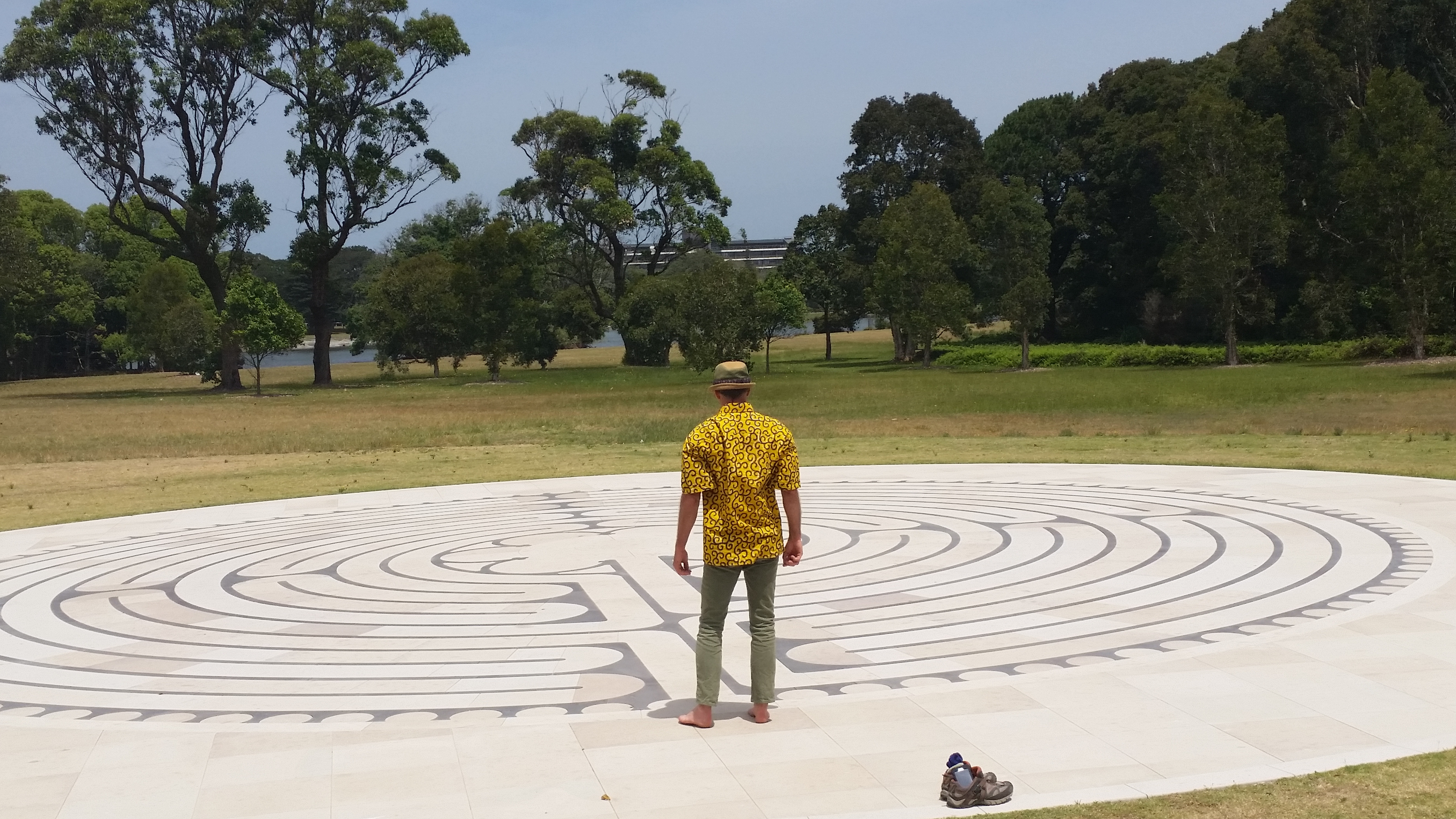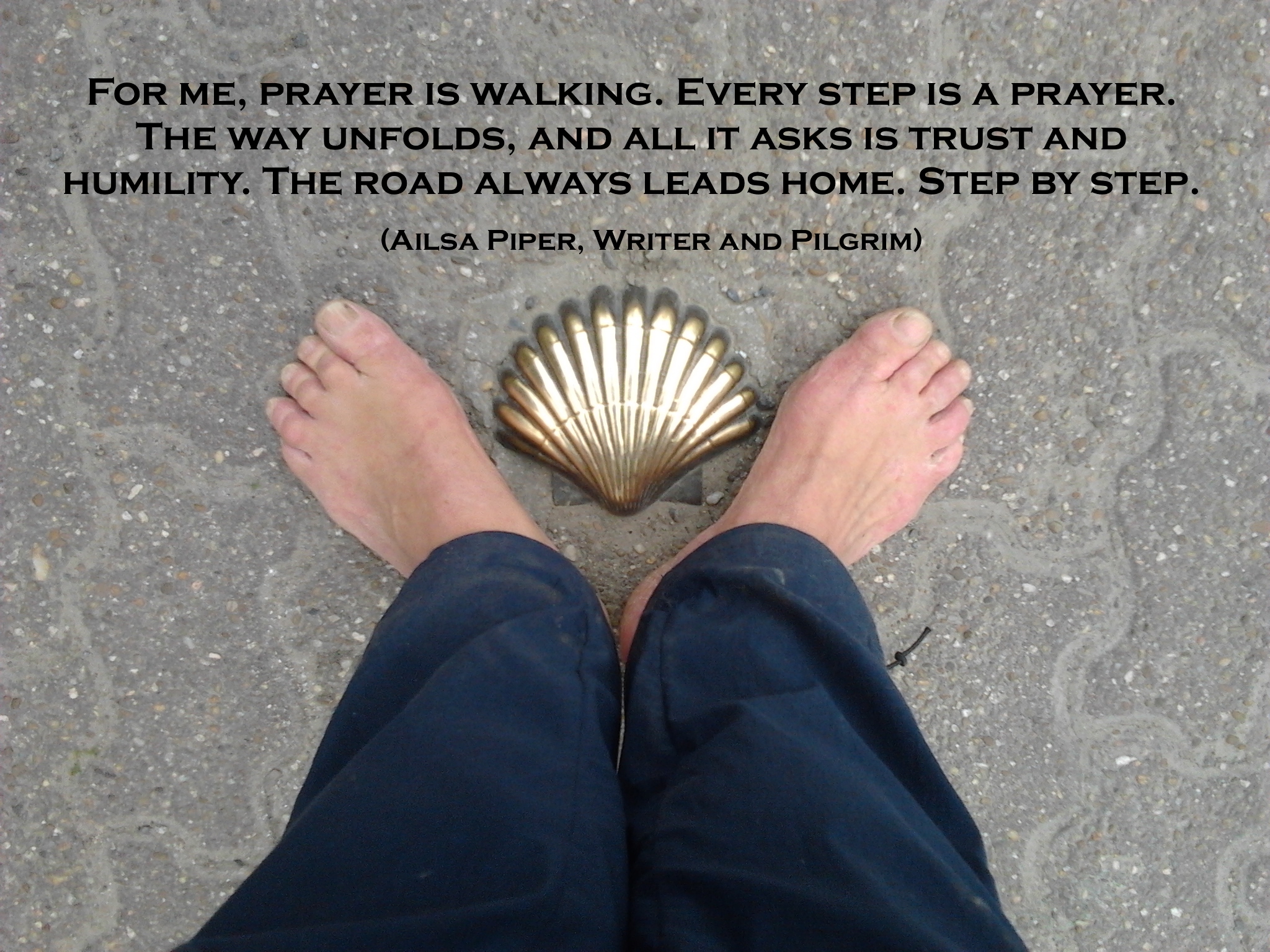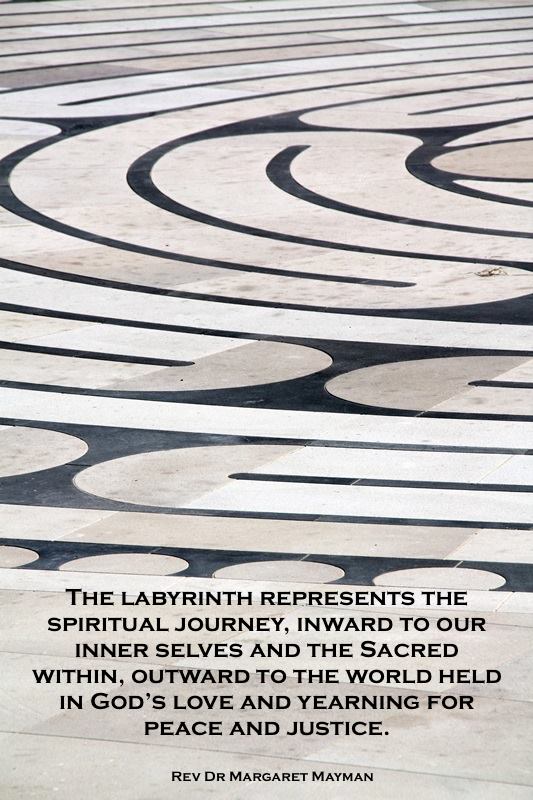WORLD LABYRINTH DAY! Every year on the first Saturday in May thousands of people around the globe participate in World Labyrinth Day as a moving meditation for world peace and celebration of the labyrinth experience. We “Walk as One at 1” to create a rolling wave of peaceful energy passing from one time zone to the next. Come and join a labyrinth walk for world peace at the Centennial Park Labyrinth at 1pm on Saturday 4th May. Invite your friends to walk as one together. This event will be facilitated by Elizabeth Lee

The next monthly walk will be at 9am on Sunday 5th May, led by Desiree DeKlerk
WALK YOUR WAY INTO THE BIGGER PICTURE
Come and experience the profound metaphor of the labyrinth in a group setting. It’s an opportunity to remind yourself what it feels like to simply be in community in a peaceful, gentle way. Sydney Labyrinth events are free and open to all. The labyrinth is on Dickens Drive. Go to the location page for directions and sign up to our newsletter to receive updates about all labyrinth events.

If you don’t feel up for group walks, the labyrinth is still there for you. A place of refuge and sanctuary in complicated times. Use it as a contemplative tool to walk your way into the bigger picture, releasing anxieties on the way in, aligning with what truly matters as you pause in the centre, like a tuning fork between the earth and the sky, then following the path back out into the world, weaving into your awareness any insights or metaphors you may have noticed along the way. Walking meditation helps us accept whatever is going on in our lives and that what’s in the way, usually is the way.
“Walking home to country is a connection our people have always had with Mother Earth. Our culture is defined by the closeness of family circles and staying connected to the people within it. The labyrinth invites and welcomes people to walk the path together – it calls them to the land in oneness.” (Aunty Ali Golding, Elder of the Biripi Nation)
FACILITATED MONTHLY WALKS 2024
- Sun 7th January 2024 – Kate Thornley @ 9am
- Sun 4th February – Desiree DeKlerk @ 9am
- Sun 4th March – Matt Evans @ 9am
- Sun 7th April – Elizabeth Lee @ 9am
- Sun 5th May – Desiree DeKlerk @ 9am
- Sun 2nd June – Elizabeth MacGregor @ 9am
- Sun 7th July – Desiree DeKlerk @ 9am
- Sun 7th August – Annalise Thomas @ 9am









